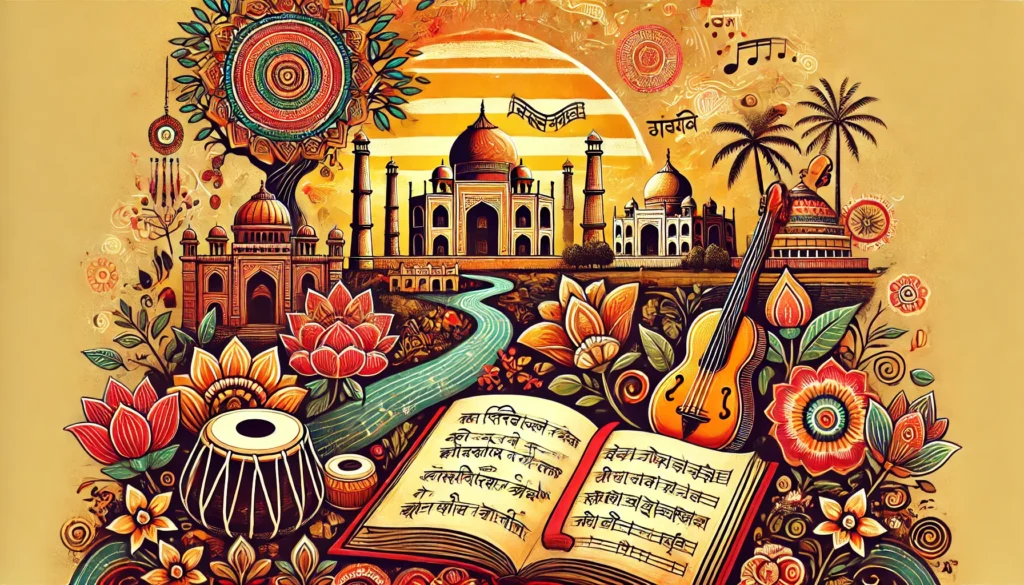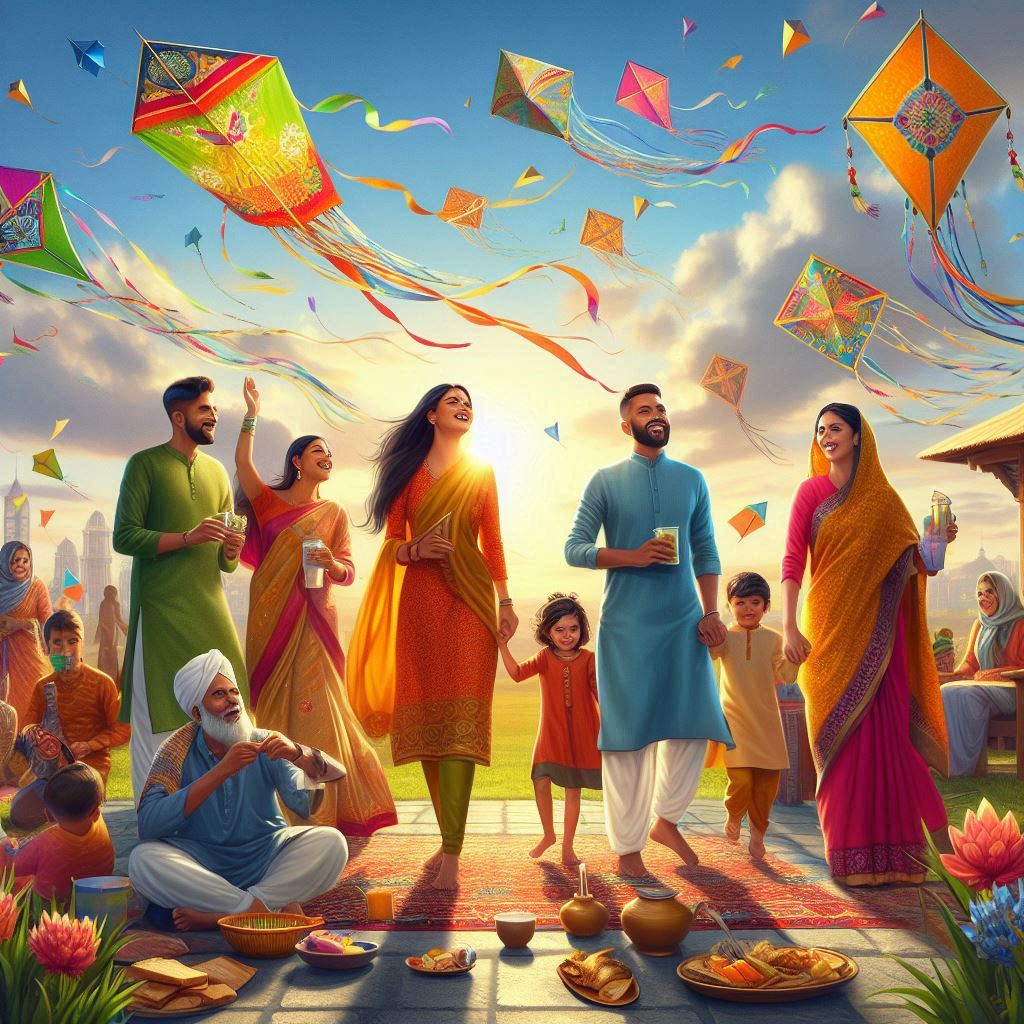
Bihar, often referred to as the land of enlightenment and heritage, has inspired countless poets over the centuries. Its rich history, diverse culture, and natural beauty have made it a muse for writers and poets alike. In this article, we explore some iconic poems written on Bihar and the themes that make this state a poetic paradise.
The Cultural Tapestry of Bihar: A Poet’s Dream
Bihar is not just a geographical entity; it’s an emotion. From the ancient ruins of Nalanda and Vikramshila to the spiritual serenity of Bodh Gaya, Bihar’s landmarks are a treasure trove of inspiration. Many poets have captured the essence of its vibrant festivals like Chhath Puja and Sonepur Mela, the simplicity of rural life, and the resilience of its people in their verses.
Iconic Poems That Celebrate Bihar
- “Patna Ki Ganga” by Ramdhari Singh Dinkar
One of Bihar’s most celebrated poets, Ramdhari Singh Dinkar, penned this beautiful poem about the sacred Ganga river flowing through Patna. The poem captures the spiritual essence of the river and its deep connection with Bihar’s identity.“Patna Ki Ganga” (Excerpt):
Patna ke ghat par Ganga, nirmal sheetal, sundar sajal;
Dharti ke saath aakash bhi, hai yahan milta mann ka achal.
Sansaar ke is bhaav saagar mein, aati hai yah sukhad pragati;
Patna ke ghat par Ganga, shraddha, bhakti aur shakti ki sthal. - “Mithila Ki Madhur Smriti”
Mithila, known for its art and culture, has been immortalized in poems that celebrate its unique traditions. This region, home to the Maithili language, has inspired poets to write about its serene landscapes and cultural richness.“Mithila Ki Madhur Smriti” (Excerpt):
Madhur hai Mithila ki dharti, rang biranga yahan ka sansaar;
Kavita ke sur baste hain, har man ke kone mein apaar.
Sita ka janm sthal yeh, dharti ki sukhad hai anubhav;
Mithila ki yaadon mein hai, sabka ek ananya lagav. - “Champaran Ki Mitti”
Champaran, the site of Mahatma Gandhi’s historic Satyagraha, has been the subject of many patriotic poems. These verses highlight the indomitable spirit of the people of Bihar in the fight for India’s independence.“Champaran Ki Mitti” (Excerpt):
Champaran ki mitti ke rang mein, hai kurbaniyon ka swar;
Gandhi ke sapnon ka yeh pradesh, hai satya aur ahimsa ka sansar.
Kheton mein mehnat ka anmol geet, mitti ke mahak ke sang;
Champaran ki kahani hai, ek dhairya aur prerna ka ang.
Themes That Dominate Poems About Bihar
- Heritage and History
Bihar’s ancient legacy, from the Mauryan Empire to its role in India’s freedom struggle, often serves as a backdrop for poetic storytelling. - Spirituality
As the land where Lord Buddha attained enlightenment, Bihar’s spiritual aura finds frequent mention in poems. The Bodhi tree, monasteries, and the chants of monks create a serene poetic imagery. - Nature’s Beauty
The fertile plains of the Ganga, the lush greenery, and the golden fields of wheat and paddy often inspire poets to pen verses celebrating the natural splendor of Bihar. - Resilience of the People
Bihar’s people, known for their hard work and determination, are often the protagonists in poems. Their struggles and triumphs are beautifully captured in verses that evoke both empathy and admiration.
Modern Poets and Bihar
Today, many contemporary poets are continuing the tradition of celebrating Bihar in their writings. Social media platforms have become a popular medium for sharing these verses, making the poetry of Bihar accessible to a global audience.
Conclusion: Bihar, A Muse for Generations
From the ancient poets of the Pali and Sanskrit traditions to modern-day wordsmiths, Bihar continues to inspire with its rich legacy, natural beauty, and indomitable spirit. Poetry written on Bihar is not just a tribute to its past but also a celebration of its vibrant present and promising future.
If you are a poetry enthusiast or someone who loves Bihar, explore the vast repertoire of poems dedicated to this incredible state. Let the words transport you to the heart of Bihar, where every corner has a story waiting to be told.
Share Your Love for Bihar Through Poetry
Are you a poet inspired by the beauty of Bihar? Share your verses on Bihar.cc and join a community of like-minded individuals who celebrate the spirit of Bihar. Together, let’s keep the poetic legacy of this land alive!
